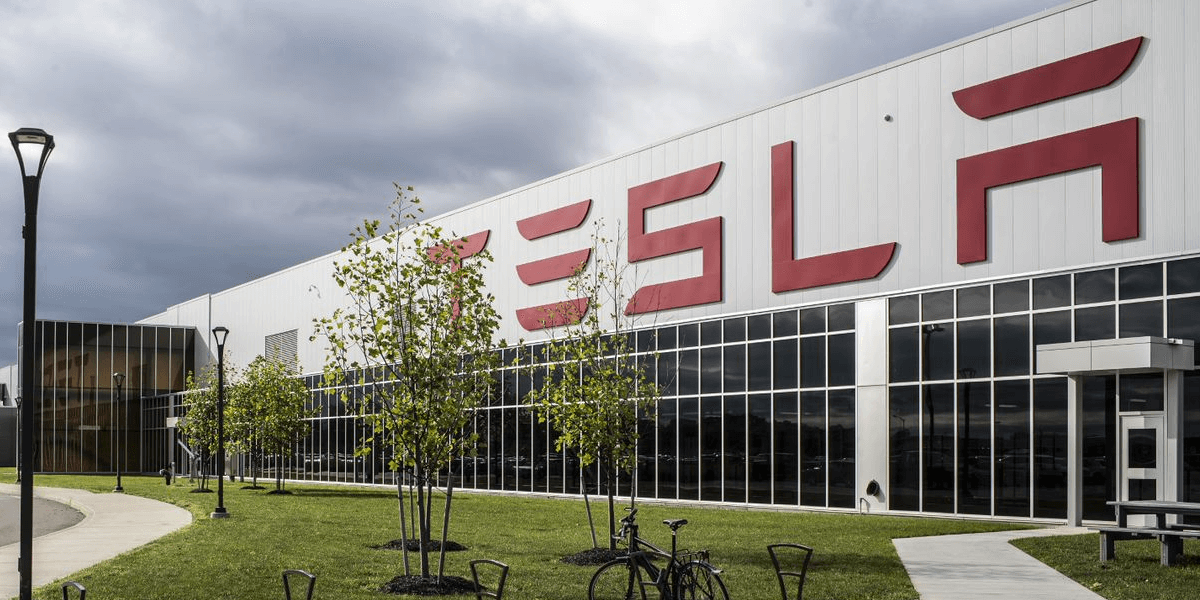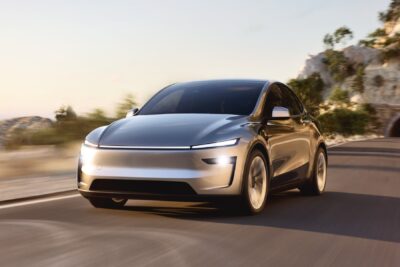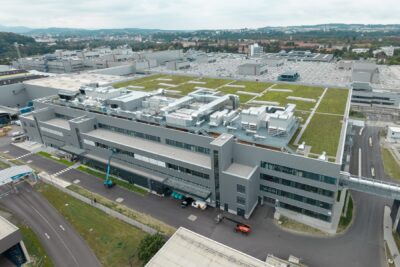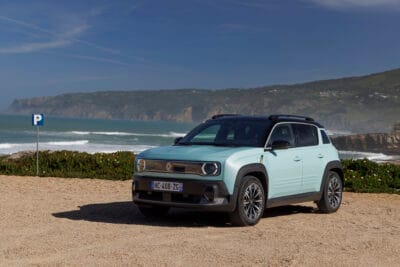2021: Tesla Q1 financial facts and figures
In the first quarter of 2021, Tesla generated a surplus of 438 million US dollars (around 362 million euros) and revenue of 10.389 billion US dollars, (around 8,593 billion euros). Tesla says this is mainly due to lower costs.
The first quarter of 2021 brought a new record in quarterly profit. This makes for the seventh consecutive quarter that has seen the company maintain its profitability. In comparison with the previous quarter, in Q4 2020, revenue was 10.744 billion dollars, profit 270 million dollars. In other words, Tesla has now achieved more profit from less turnover, and the operating margin rose from 5.4 to 5.7 per cent.
Tesla’s quarterly profit is also again due to income from the sale of CO2 certificates: Tesla took in $518 million in the first quarter from sales of these regulatory credits to other carmakers.
On the topic of pure finances, the company noted that their investment in Bitcoin proved useful. Zachary Kirkhorn, Tesla CFO said that Bitcoin was “a good place to put cash and being able to use it and to make money on that.” Considering that Tesla added over $200 million from its investment in a few months, this decision proved to be prudent. “We’ve been pleased with how much liquidity there is in the Bitcoin market. We do we believe long-term in the value of Bitcoin,” Kirkhorn said.
In terms of superlatives, Tesla CEO didn’t disappoint: the Model 3 became the world’s best-selling premium sedan, electric or otherwise. Other notable factors in Tesla’s success in the last quarter have been the Model Y showing a lot of potential. The company reports that the vehicle’s production ramp going well in Gigafactory Shanghai. Tesla’s good sales results here come with an overall increase of electric car sales in China in the first quarter of 2021.
Production and Delivery
On the production and delivery fronts, earlier this month, Tesla already announced new record deliveries of 184,800 electric cars during the first quarter of 2021. Q1 of any year but especially this Covid-year is traditionally a slow quarter for car companies which makes it even more remarkable. At the end of the previous quarter, Q4 of 2020, Tesla had unveiled the new Model S and Model X variants and opened the configurator. In numbers, Tesla delivered 184,800 electric cars to customers from January to March 2021, including 182,780 Model 3 and Model Y and 2,020 Model S and Model X. The previous record quarter was Q4/2020 with 180,570 deliveries.
Batteries
In the course of the live webcast, Tesla revealed it is on track to more than double its battery supply capacity in 2022. Responding to a question from analyst Pierre Ferragu at the Q1 live webcast, Elon Musk said, “We do expect from suppliers willing to receive double the cell output next year versus this year,” he noted.
Regarding the 4680 cells, Tesla has a small pilot plant for the 4680 cells with a 10 GWh per year capacity. “We’re not yet at a point where we think the cells are reliable enough to be put in cars. We think we’re close to that point. We’ve already ordered the equipment for battery production in Berlin and Austin as well. I’m confident that we’d achieve volume production of the 4680 next year,” Musk said.
Further into the webcast: Energy Generation And Storage meets electric cars
For its other division Energy Generation And Storage – stationary energy storage and solar roofs – Tesla shows mixed figures in the quarterly financial statement. Compared to Q1 2020 (which was heavily impacted by the Corona pandemic), installed storage capacity increased by 71 per cent year on year, but compared to Q4 2020 it was not even a third. Here Tesla points out that the quarterly figures can fluctuate greatly – depending on the timing of various major projects. According to Tesla, the current demand for the PowerWall home storage system is so high that they are now only delivered to solar customers – and only when production increases will the PowerWall “possibly” be made available again as a stand-alone product. Solar rooftops installed 92 MW in the first quarter, the strongest quarter in 2.5 years, according to Tesla. Here Tesla points out that “The recent snowstorm in Texas and other blackout events continue to drive customers toward home energy storage solutions.”
In the live webcast, Musk said that Tesla has comparable margins in energy and vehicles. He did point out however, though it should be noted that the company’s EV business is more mature than the energy segment. Musk said that the Powerwall is mature, so the margins there are favourable.
Here, Elon Musk extrapolated on the importance of the Tesla PowerWall and solar rooftops for storing power in batteries from solar energy collected locally.
“We are headed towards a world where people are veering towards electric vehicles. This will mean that the power needs at homes in businesses will increase significantly. There will need to be much more electricity coming from somewhere.”
He highlighted the foreseeable and enormous increase in demand for electricity with the electrification of transport while simultaneously moving household heating and cooling onto renewable energy. He pointed out that in order to meet this foreseeable demand, “It is very important to have solar factories at the local level of the house, in addition, it is important to have large battery storage at the utility level.”
While on one hand, he points to the strong business case for the Tesla Powerwall while selling Tesla’s electric cars that will require that power, saying “This is a prosperous future, both for Tesla and for the utilities.” On the other hand, he also warned that these simultaneous transitions, along with things like extreme weather, are also “a recipe for disaster,” he said. He warned utilities and local generation must be equipped with battery storage on both local and utility levels. “If this is not done,” he said, “utilities will fail to serve their customers. They won’t be able to react fast enough.” Musk said that if power generation doesn’t occur at a local level it will also mean “a massive increase in powerlines, power plants, long-distance and local power lines all over the place, they’ll have to increase the size of the substations, It’s a nightmare.”
This brings up some interesting points. Until now, Tesla’s electric cars, and large electric cars per se, are not been particularly sparing on energy use per person transported. When Musk starts talking about the Tesla Powerwall, and solutions to energy effective futures, he talks very specifically about US conditions. Here it must be noted that other countries that don’t have the same capacity for localised solar power production, for example in densely-popluated, low solar countries, like Germany, for example, which also have less public space in crowded cities. As Musk moves into markets like China and Europe, which have considerably higher population density than the US, the next question might be – how will grids and energy households cope with significant numbers of large electric cars?
Looking forward
What Tesla does repeat, however, is its medium-term growth target of 50 per cent more vehicle deliveries per year. “In some of those years, we may grow faster than we now expect in 2021,” Tesla says. “The rate of growth will depend on our equipment capacity, operational efficiency, and supply chain capacity and stability.”
Looking forward to the very immediate future, deliveries for the Model S Plaid are expected shortly, and the Tesla Semi is poised for a 2021 release.





0 Comments